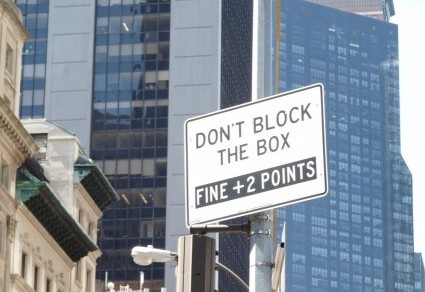I’m not against periods, the punctuation mark the British call “full stops.” But everything has its place. Traditionally, periods appear at the end of sentences that make statements or give commands. They’re also used in abbreviations. Lately, though, periods have been popping up in odd positions, as in this sign in front of a coffee shop:

Why is there a period after “birch”?
The shop’s name is “Birch” — I think. It may be “Birch.” Or is it “Birch. coffee”? And why is the period there at all? Is it supposed to add authority or emphasis? Perhaps the store owner wanted to give a sense of completion, as in “sip your latte here and your life will be complete.” The only thing I know for sure is that the punctuation mark doesn’t indicate a command. (“Hey you! Birch now or face the consequences!) Nor does it end a statement, because there is no statement.
I expect strange things from retailers, but somehow I thought that religious institutions, with help from the Almighty, would do better. At least I thought so until I spied this sign:

This church needs heavenly punctuation guidance.
True, this sign contains more words than the café sign, but they don’t form a sentence. The church indeed appears to be “warm, welcoming and beautiful,” but not grammatical.
Nor can you count on the banking system to come to a full stop (in punctuation or in finance):

Two nonsensical, non-sentences appear in one sign.
I don’t expect “pleasure” from my bank. Do you? The “2% cash back” sounds great — but 2% of what? And back to whom? I can’t blame the Great Recession on faulty punctuation, but a lack of clarity in bank communications appears in both. Just saying.
My advice: For a period of time, let’s agree to put a stop to unnecessary full stops. Then we can decide whether to give this punctuation mark additional duties. That is, “Extra. Duties.”
Like this:
Like Loading...




























